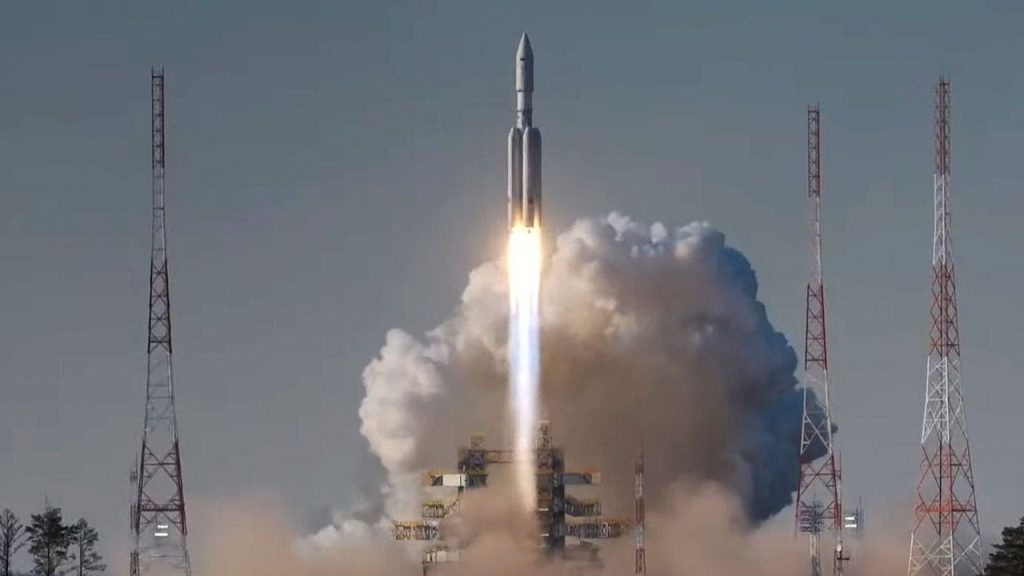Russia successfully test-launched a new heavy-lift rocket from its Far Eastern space complex after two previous aborted attempts earlier in the week. The first attempt on Tuesday was canceled due to a failure in the pressurization system, while the second attempt on Wednesday was aborted by the automatic safety system. The failure was believed to be rooted in a programming error. Thursday’s launch was the fourth for the Angara-A5, a heavy-lift version of the new Angara family of rockets developed to replace the Soviet-designed Proton rockets.
After the breakup of the Soviet Union in 1991, Russia leased the Baikonur Cosmodrome from Kazakhstan to continue using it for space launches. The agreement allows Russia to keep leasing Baikonur for $115 million a year through 2050. Despite relying on Baikonur for launches, Russian authorities have developed Vostochny as the preferred facility for Angara launches. The construction of the new spaceport has faced delays, and it has seen limited use so far. The development of the Angara-A5 has also faced delays and is years behind schedule, despite being intended to be the main launch vehicle for Russia’s lunar research program.
The Angara-A5 is designed to launch intelligence and communication satellites into geostationary orbits, similar to the Soviet-designed Proton it is set to replace. The new rocket is part of the Angara family of rockets, which includes various sizes and capabilities for different types of missions. The successful test launch on Thursday from the Vostochny spaceport is a step forward for Russia’s space program and its goal of modernizing its launch capabilities. The continued development and testing of the Angara-A5 will be crucial for future missions, including those related to lunar research.
The new heavy-lift rocket is expected to play a significant role in Russia’s space program, including its plans for lunar research and other satellite launches. The successful test launch of the Angara-A5 from the Vostochny spaceport demonstrates progress in Russia’s efforts to advance its space capabilities and infrastructure. Despite the delays and challenges faced during the development of the rocket and the construction of the new spaceport, Russian authorities are moving forward with their plans for future space missions and activities. The Angara-A5 is a key element in Russia’s space ambitions and its goal of maintaining a strong presence in space exploration and technology.
While Russia has faced setbacks and delays in its space program, the successful test launch of the Angara-A5 rocket signals progress and potential for future missions. The development of the new heavy-lift rocket and the continued use of the Vostochny spaceport will be important for Russia’s space ambitions, including lunar research and satellite launches. Despite challenges and competition in the space industry, Russia remains committed to advancing its space program and maintaining its status as a key player in space exploration. The successful test launch of the Angara-A5 rocket is a step forward for Russia’s space capabilities and its plans for future space missions and activities.















